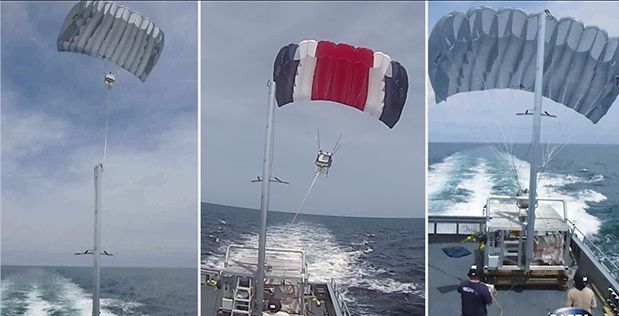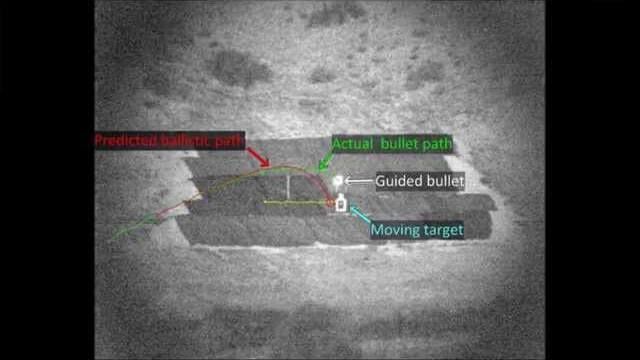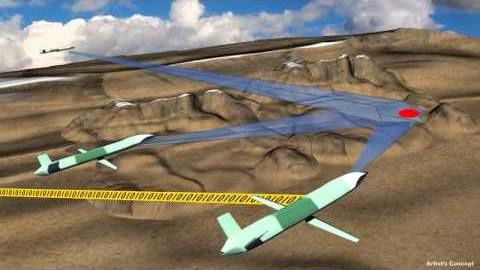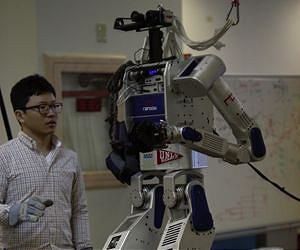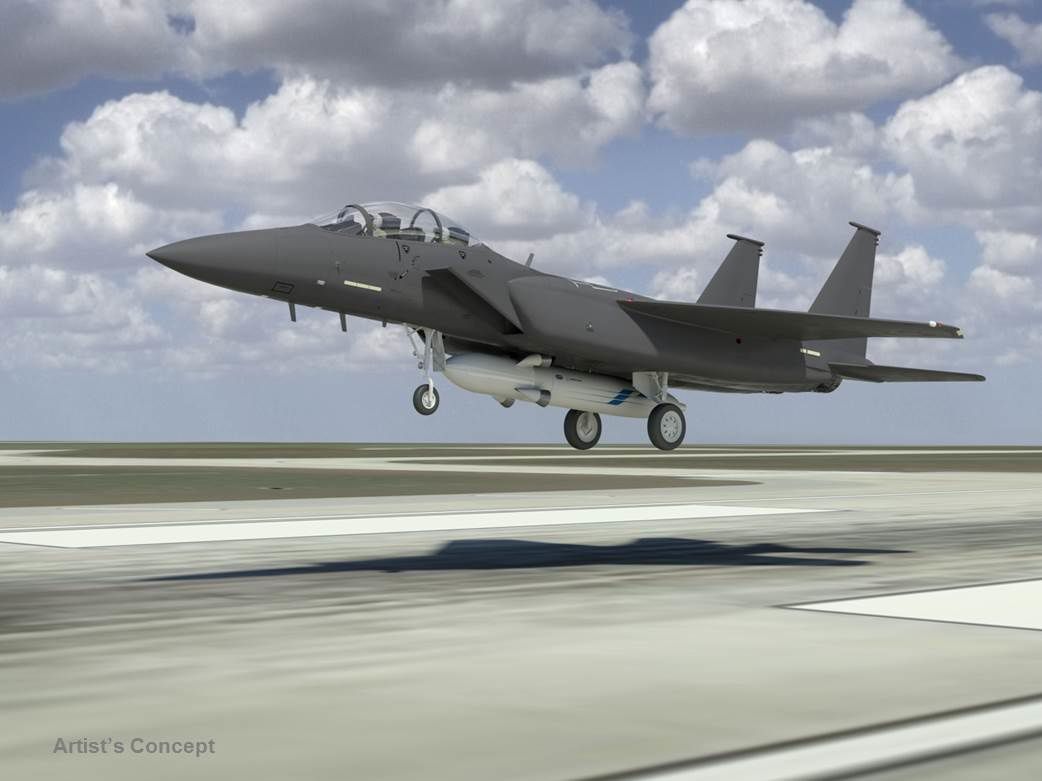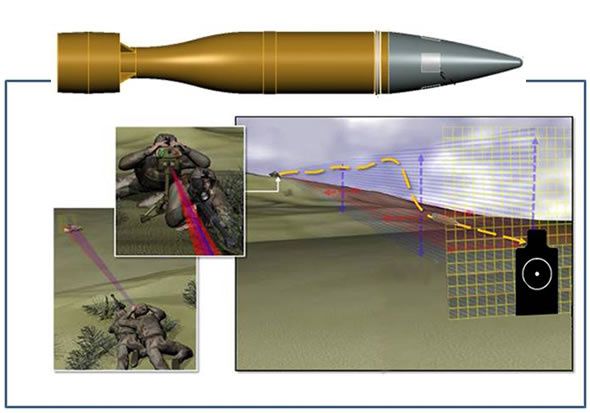March 16, 2015 By Joe Gould – Defense News
WASHINGTON — Picture a small team of US special operators racing quietly through the night on stealth motorcycles, cruising over rugged terrain to catch enemy fighters completely unawares.
That is the scenario Virginia-based Logos Technologies envisions as it develops its hybrid-electric motorcycle SilentHawk on behalf of a Defense Advanced Research Projects Agency (DARPA) project started in 2014. Logos, teamed with Alta Motors, is developing a prototype for their phase II Small Business Innovation Research award from DARPA.
Once the prototyping phase is complete, the next phase could see the military replace motorcycles in service, such as the Kawasaki M1030 M1. DARPA anticipates Marines, soldiers and special operations forces will buy it, and there could also be a substantial commercial market.
Logos' hybrid-electric propulsion system, originally designed for an unmanned aircraft, is integrated into Alta Motors' RedShift MX electric motocross bike. Logos is also known for its Kestrel wide-area persistent surveillance system, used by the US military in Afghanistan.
The quiet, all-wheel drive bike would run on an all-electric motor, gasoline or JP-8. Its total range is intended to be 120 miles on fuel and 50 miles on the battery or silent mode, and it would maintain speeds above 50 mph for long distances, on a flat dirt road.
Developers envision a small special operations team being dropped off by a small helicopter or V-22 Osprey, then closing with their target in the bike's silent mode. They might take the target and stealthily rendezvous at a second landing zone.
From an outpost in Afghanistan, for instance, the bikes could be used to avoid predictable routes and evade ambushes by traveling though woods or terrain that would be impassible in a four-wheel vehicle.
"You're trying to create uncertainty for the enemy about your location, and you make it difficult for them by being quiet, or by them being unable to determine where you are, especially when you operate at night," said Wade Pulliam, manager of advanced concepts for Logos Technologies.
The bike's combustion engine would be loud as 75 decibels, but in silent mode, would have to operate at 55 decibels — considered a stretch goal, Pulliam said.
Having an engine that is powerful, yet compact enough to fit on the bike, with a battery, was a challenge. The Alta battery pack itself is compact at 180 watt-hours per kilogram, which is comparable to a laptop battery, and still rugged.
The key to the design is that the bike's hybrid-electric unit fits under the seat and can be attached or detached from the rest of the bike in 30 minutes. That allows operators in the field to swap from a hybrid-electric version to electric-only version for short-range, all-silent missions.
The team tested regenerative braking, meaning it converts its kinetic energy to charge the battery, a boon on rough terrain, when braking is frequent. In the design phase, it was tested on the real wheel, but with an all-wheel drive prototype, Pulliam expects to see an improvement.
"In off-road conditions you see a real benefit," he said.









